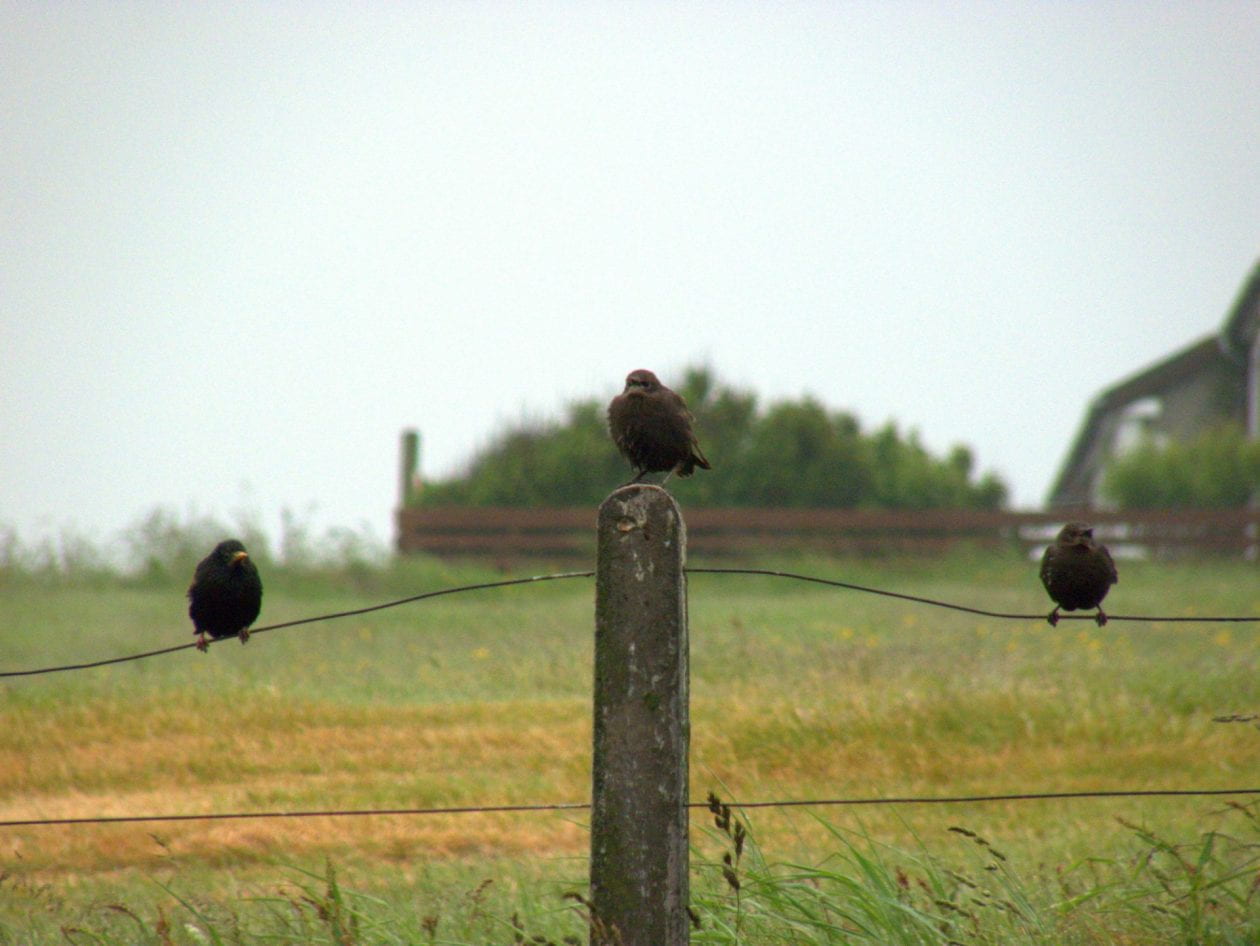Are you a farmer or gardener with love for our winged bird friends? Did you know that there are ways to support them when thinking about what you’re going to plant, or what structures to build? The Wild Farm Alliance is offering a FREE online 5-track course, made up of 10 individual classes and is designed to have participants learn more about how to support bird species while farming or gardening. Courses begin in March and continue until July.
You can register for one class or take all 10. All the classes are an hour long and start at 8:00 am (EST).
Track Topics Are:
- Introduction: Birds as Pest Control Allies
- Nest Boxes and Other Structures and the Birds That Use Them
- Managing and Co-Existing with Birds
- Designing a Farm to Be Bird Friendly
- Seeing Land Through the Eyes of Birds
Sign Up HERE, the first class begins on March 14th!

